Whenever discussing classic German cars it should be mentioned that the country is the home of history’s first production automobile. Although the Benz Patent-Motorwagen of 1885 was the first production automobile, Germany’s claim to four-wheeled fame runs far deeper than merely being the place where it all began. The Autobahn, the Nurburgring, Stuttgart, Munich… Whether one’s taste runs to the fearsome sixteen-cylinder Auto Union Type C of 1936 or the Duroplast-bodied Trabants made in the “Ostzone” before the demolition of the Berlin Wall, there’s pretty much no end to the lore and legend of German automotive engineering.
10 of the Most Iconic Classic Cars from Germany Throughout History
For the better part of sixty years, American buyers were often denied “the good stuff” sold to motorists in the native market for BMW, Audi, Mercedes-Benz, and Porsche. That exclusion wasn’t as complete as it seemed at the time, so there were still plenty of great German cars available to buyers in the United States. We rounded up ten of the best classic German cars. So if you need the right ride for Oktoberfest, feel free to read through and perhaps find the right one for you.
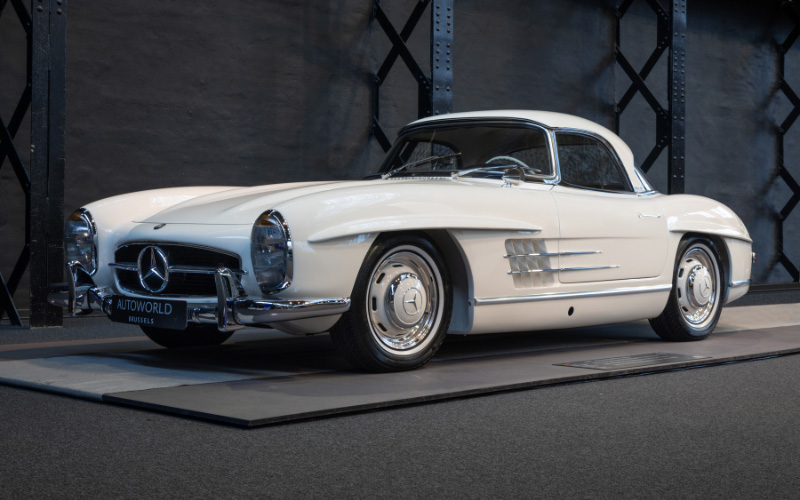
Mercedes-Benz 300SL “Gullwing” and Roadster Models (1957-1963)
It’s hard to believe but the world-famous 300SL “Gullwing” was once the cheaper option for someone who wanted a big-bore Mercedes-Benz sports car. The roadster cost more! As with some of the other great ideas on this list, the 300SL was originally conceived by legendary importer Max Hoffman. Hoffman wanted a vehicle that could go toe-to-toe with Italian and British sports roadsters. Form followed function in these beautiful cars; the famous gullwing doors are an adaptation to retain frame strength for competition purposes.
Almost fully equipped in base form, the 300SL had an early fuel-injection system and dry-sump lubrication. Two high-cost options added pace but were generally skipped by customers: a “hot” variation of the standard engine, and a “full aluminum” option that extended the already considerable use of aluminum in the body to include every external panel.
Few automobiles have the 300SL’s combination of beauty, function, provenance, and competition history. As a consequence, this has never been a cheap car to buy or operate, and the latest auction results have been sky-high. Most would agree that it is worth the price.
Volkwagen Type 1 “Beetle” (1938-2003)
The humble Volkswagen “Beetle” was the opposite of the mighty 300SL. The 300SL was always intended for aristocrats and titans of industry having its roots in a “people’s car” project by Ferdinand Porsche prior to World War II. Rather ironically, it was the far-sighted actions of a few British Army officials who preserved the state-owned Wolfsburg plant after the war as “Volkswagen.”.
The Woodstock nostalgia and affection Americans feel for the Beetle isn’t reflected in its country of origin. Rather, the Beetle represented a reminder of hard and unpleasant times. When the modernized Golf (Rabbit in the US) replaced it in 1974, few Germans mourned its absence. But the Beetle wasn’t close to being done. The Super Beetle variant, with its more sophisticated suspension and greater power, remained popular in the United States for a long time. Factories in Mexico and South America stayed busy assembling Beetles until the turn of the century.
As an affordable classic, the Beetle is hard to beat. Whether you’re drawn to a completely stock coupe, a “Cal Style Bug,” or the many different dune buggies and replicas built with VW underpinnings.

BMW 2002 (1968-1976)
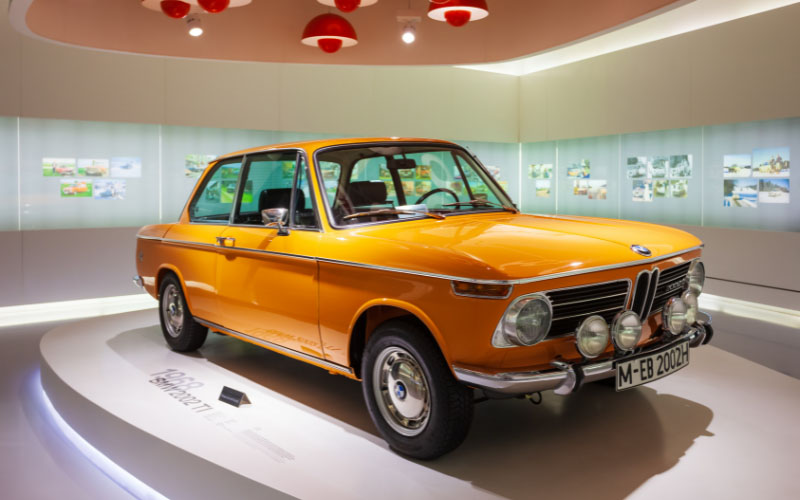
You can credit Max Hoffman for this one as well. BMW’s Neue Klasse small sedans were intended to put the company on the financial road to recovery in the 1960’s. By Hoffman’s request, the largest available engine from the 2000 four-door sedan was installed in the lighter two-door body for the US market. This created the 2002, and it was an enormous hit from Day One. Immortalized by a fawning article in Car and Driver, the “02” was a revelation for American drivers. It looked like an economy car, but it practically could outrun most affordable sports cars of the day. And the price, while not exactly in Plymouth territory, wasn’t prohibitive.
Prior to the arrival of the 2002, very few people in this country had heard of BMW. By the time it yielded to its replacement, the larger and more sophisticated 320i, in 1976, the company was a household name. Stateside models suffered from the indignities of impact bumpers and emissions control equipment during the 1970s, but the 02 was still the class of its field. The upscale 2002tii model, which was available here for a few years, and the 2002 Turbo, which was not, further established the company’s authority as a peerless provider of performance sedans.
The strong support given to the 2002 by the BMW Car Club of America ensured that plenty of these Beamers are still available in better-than-acceptable shape. Even today, the experience of driving one is very special.
Porsche 911 (1963-1989)
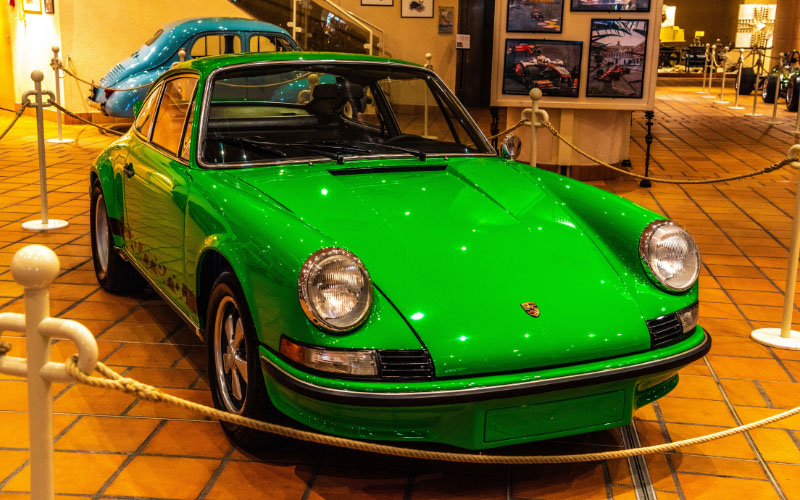
The success of the relatively modest little four-cylinder sports cars made by the children of Ferdinand Porsche after World War II was enough to draw worldwide attention and ransom Porsche himself from a French jail, where he was being held on political grounds – but by the early Sixties the pace on the Autobahn had gotten too stout for any sub-two-liter car to rule that particular roost. Enter the Porsche 911, a clean-sheet design that was still recognizably a Porsche, but which offered a modern combination of convenience and capability.
Few cars ever had as much competitive success as the 911; you could find it in race car form everywhere from forest rallies to LeMans. Today, the most sporting iterations of the platform, such as the Carrera RS 2.7 of 1973, have become astoundingly valuable. In period, however, most drivers preferred the more sedate variants for their outstanding combination of comfort and speed.
When American buyers, unlike their German counterparts, continued to prefer the aging 911 to the brand-new, high-tech 928, Porsche reluctantly engaged in a “911 Forever” program that extended the life of the original car to 1989, with modified versions persisting until 1999. Today’s 911 shares nothing with its predecessor but an idea – a powerful idea indeed.
Opel GT (1969-1973)
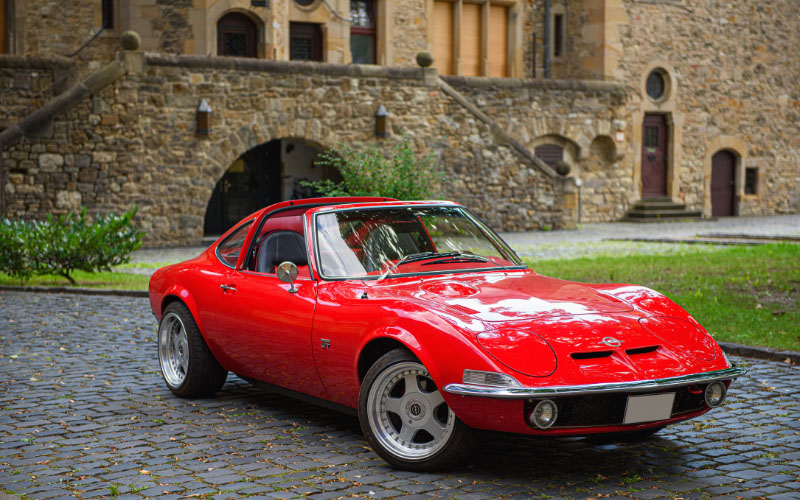
When it comes to the “baby Corvette” from Opel, a former German subsidiary of General Motors, the truth is often stranger than any fiction could be. Nominally based on an economy car from the same maker, the GT was radically changed in every aspect, to the point that Opel themselves couldn’t build it; two different French coachbuilders created the fiendishly complicated body then laid it carefully on mechanicals that barely cleared the panels. This French/German hybrid was sold at Buick dealers, where it was a full sixty-four inches shorter than the Electra 225. It wasn’t even cheap, costing more than the British competition. But it was also faster than they were, and it really did have the style of a Chevrolet Corvette, or possibly a Ferrari Dino, at a lower price. More than 100,000 were made, with the bulk being sold in the States. They are still sought-after today.
Audi Quattro and Coupe GT (1981-1988)
Even at its inception, the origins of the Audi Quattro were shrouded in mystery – but the story turns out to be pretty simple. Volkswagen had a military contract to produce 4WD vehicles based on an FWD car with a longitudinal (not sideways) engine. This technology, applied to an Audi road car and fortified with then then-current trend of turbocharging, made for a world-conquering vehicle that could darned near keep up with a Porsche 911 in the dry and obliterate it in all other conditions.

The only problem? It was priced like a 911, too. The short-wheelbase Sport Quattro that followed was even faster and more expensive. So most buyers opted for the Audi Coupe, which combined the sleek two-door shell of the standard Quattro with the modest normally-aspirated five-cylinder FWD drivetrain of the Audi 5000. In truth, you couldn’t go wrong with any of them.
Mercedes-Benz R107 SL (1972-1989)
The third-generation of the Mercedes SL, primarily sold in the States in 450SL, 380SL, and finally 560SL trim, is perhaps the best and most sensible choice for buyers seeking classic German style and performance in a car that won’t lag behind traffic or languish in the mechanic’s shop. They are fast, beautiful, and built to the highest standard. Until recently, it was possible to get pretty much every part in the car from an authorized Mercedes-Benz dealer; you can still get most of them from specialists.
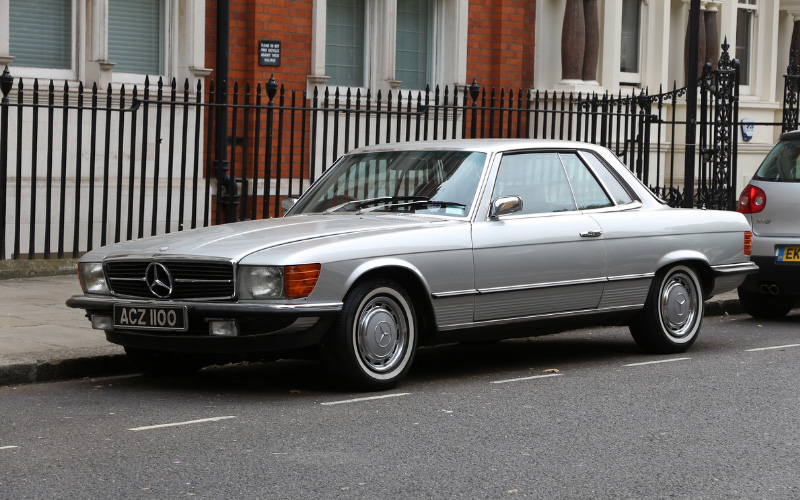
The later 560SL models should be mentioned in particular. Widely condemned as being outdated and too expensive when they are new, their conservatism now sets them apart as the newest “vintage car” from a German automaker. They’re surprisingly quick and a true joy to drive. Values have appreciated considerably since the turn of the century but it’s still money well spent.
Volkswagen/Karmann Convertibles (1975-2002)

Looking for the open-top German experience at a lower cost of entry? The Volkswagen convertibles built by the famous coachbuilder Karmann are a good bet. For decades, Karmann made the “Ghia” two-seater based on the VW Beetle. In the Seventies they changed over to a convertible based on the Super Beetle, continuing to produce it until 1980 when they moved to one based on the 1974 Rabbit. In 1994 the line changed yet again to a convertible made from the 1991 Golf. This policy of trailing the VW lineup by a few years allowed Karmann to work the bugs out a bit, so to speak. Each of these convertibles is built and trimmed with a little more care and expense than its hardtop variant, with the “Designer” Rabbit convertibles of the early Nineties being particularly special in this regard.
Porsche 959 (1986-1988)
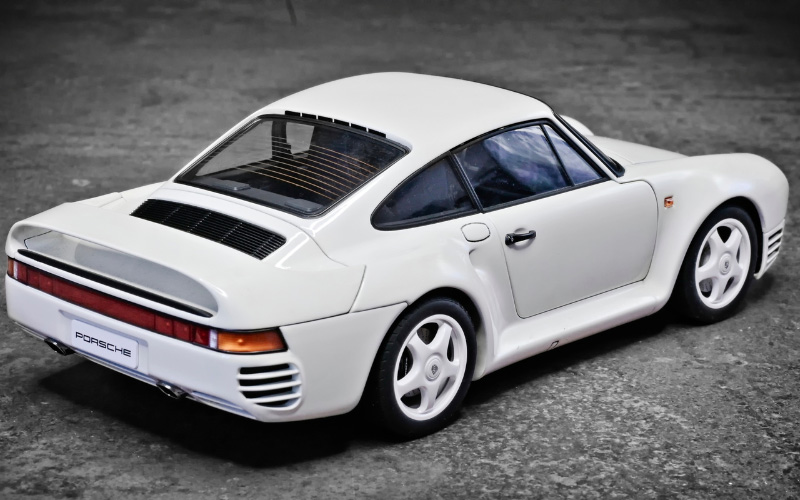
Porsche’s four-wheel-drive, twin-turbo 959 supercar is historically significant for more than its performance, which was of course incandescent. Conceived and built in a period where new supercars seemed to appear every week, the sober-looking 959 couldn’t match the top speed of Jaguar’s XJ220 or the raw bravado of Ferrari’s F40 – but it was very much a daily-driver with near-200mph potential. Porsche didn’t bother to certify it for American use, leading to all sorts of legal incidents with seized and frozen cars and ultimately resulting in the passage of the famous “Show and Display” law for non-compliant cars of particular interest.
Even better, the lessons learned in the development and competitive performance of the 959 were almost immediately put to use for the Porsche 911 Turbo of 1995. That car had a 408-horse twin-turbo engine, all-wheel-drive, and bore significant resemblance to the 959 in both performance and usability. And you didn’t need to be Bill Gates to buy one.
Audi RS2 Avant (1994-1995)
Never sold in the United States when new, the RS2 Avant turbo wagon is now a frequent flier in American classic car auctions. Its story is the classic silk-purse-from-sow’s-ear tale. In 1988 Audi replaced their popular 4000 with the new-generation Audi 80 and 90. It was slightly larger and a bit more expensive than its predecessor, but it looked both smaller and cheaper. The customers were not impressed. A 1992 facelift restored some of the showroom interest, but there was still plenty of production capacity to go around.

Audi shipped about 2,500 wagon bodies to Porsche, where a series of performance upgrades were performed. The resulting cars were very quick, particularly from 0-30, and became cult classics. Today they are highly sought-after because they tick a few important boxes for Audi fanciers: wagon body, five-cylinder engine, all-wheel-drive, turbocharging, special flared fenders, Porsche involvement. Somewhat ironically, the car that replaced the RS2 and its siblings, the 1994 Audi A4, would end the consumer-confidence crisis and raise Audi to near-equal status with its German competitors – which, in turn, got buyers in the classic market very excited about the RS2. Isn’t it funny how these things turn out?


